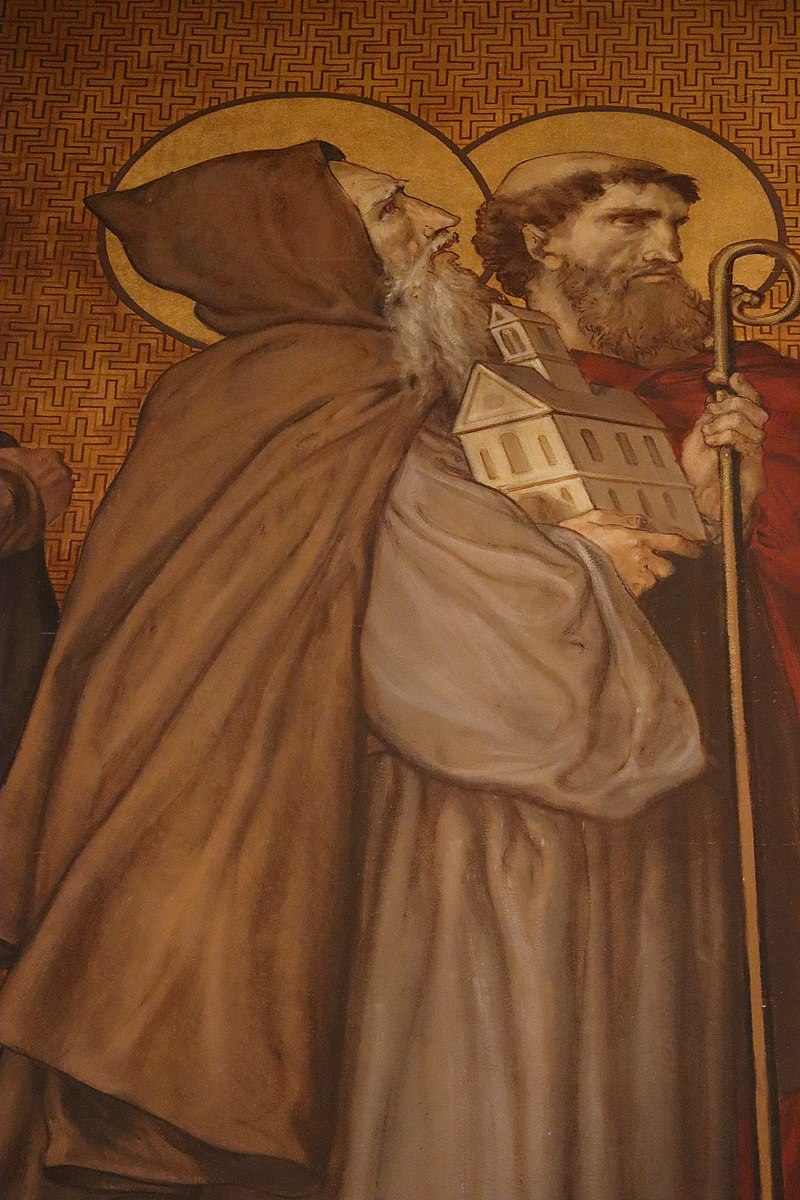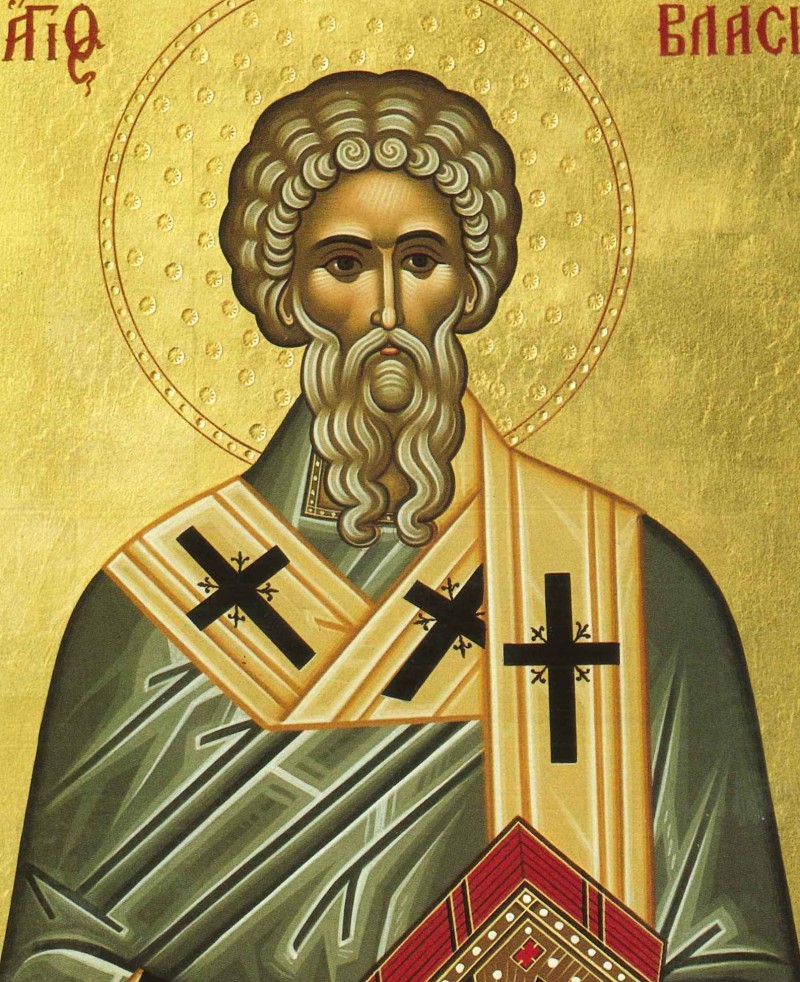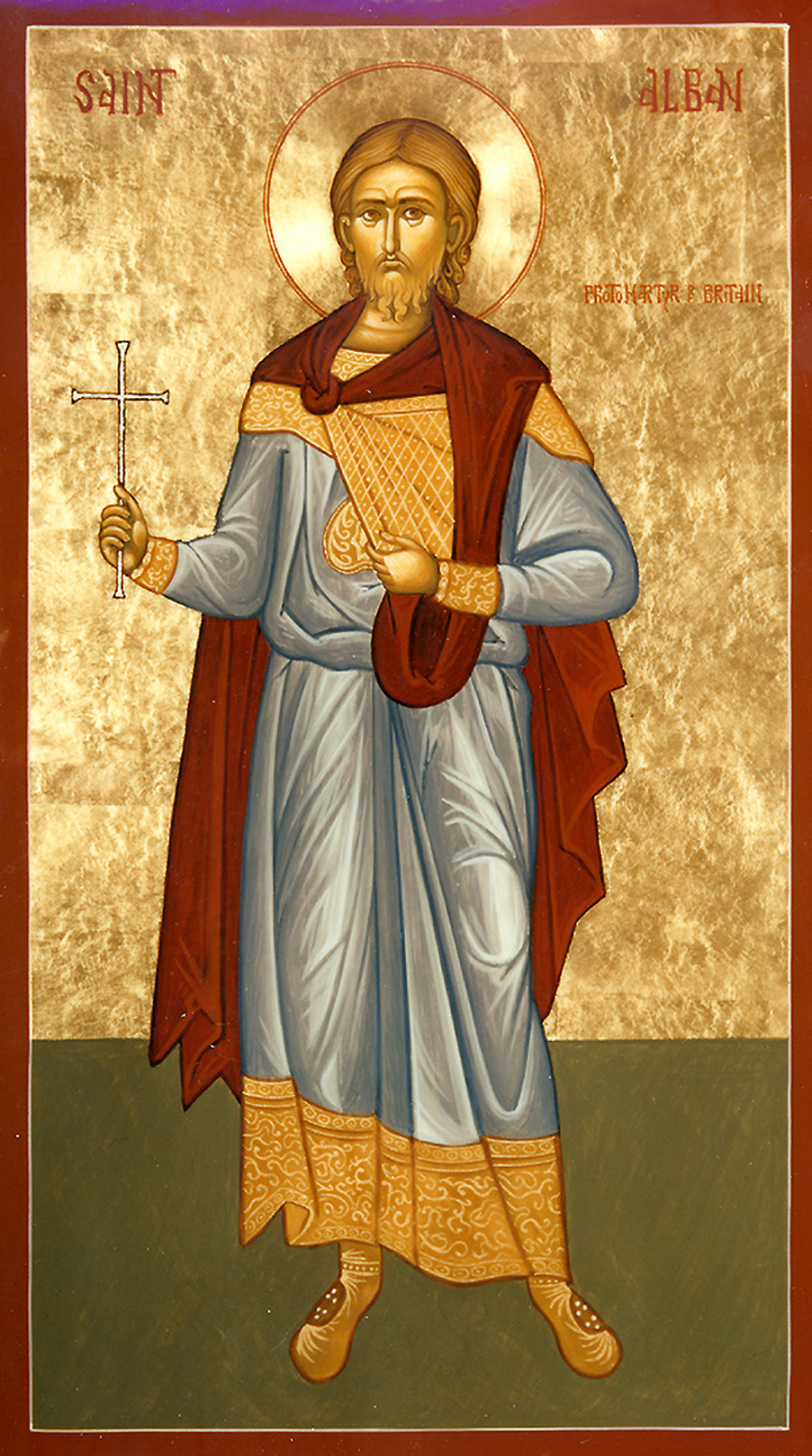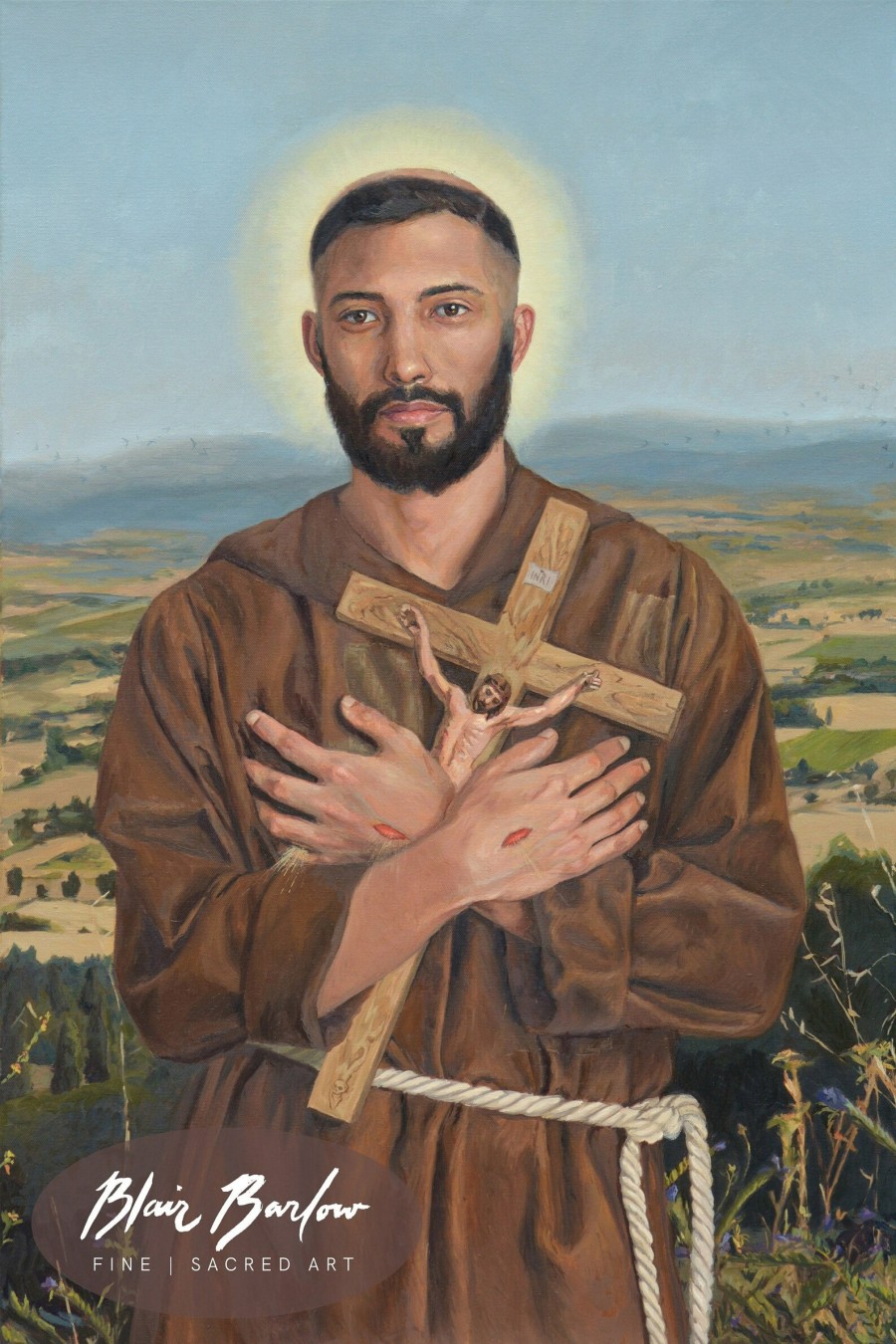Lessons We Can Learn from Catholic Saints

Who needs celebrity tosh, when you can read about Catholic saints? St Francis of Assisi was a real party boy in his time, and Durham’s own St Cuthbert (buried on the island of Lindisfarne where he spent most of his life as a hermit) used to guard sheep.
He even passed laws to protect eider ducks, and is regarded as ‘the world’s first environmentalist’. It’s said that he became a monk after witnessing angels carrying St Aiden (the monastery’s abbot) to Heaven.
You can take an ancient pilgrimage on the Northern Saints Trails. These six routes cover County Durham and Northumberland (including the island of Lindisfarne).
England used to be a Roman Catholic country until the Reformation when Henry VIII banned it, so he could divorce. Many monks and nuns were killed.
The World’s First Environmentalist Saint!

Northumberland’s local boy St Cuthbert was regarded as the world’s first religious environmentalist. He guarded sheep, and campaigned for the welfare of eider ducks.
Lindisfarne is a small island off the coast of Northumberland, only around 200 people live there, but 650,000 yearly tourists. Just 3 by 1.5 miles, the mudflats that separate it from the mainland are protected nature reserves.
Keep dogs away from sand dunes (due to birds and seals). Also check the tide times, as stranded people in cars have to be rescued. Read more on tidal causeways and keeping dogs safe by the seaside.
Craving isolation, he returned to live on Inner Farne, after serving as Bishop of Lindisfarne, and after he died, his body was taken back to Lindisfarne, where the many claimed miracles at people who prayed by his grave, led to him being declared a saint.
It’s said that otters would dry his fur, after he’d gone for a swim! And that he became a monk after witnessing angels carrying St Aidan (the monastery’s abbot) to Heaven.
The Interesting History of St Aidan

In 635AD, Lindisfarne is where St Aidan came to found his monastery. He was a well-travelled monk who was from Ireland and had already lived as a monk on the Isle of Iona in the Scottish Highlands.
He learned English (he spoke Gaelic) and died in Bamburgh on the Northumbrian coast. He is now known as the one who converted all the Northumbrian heathens to Christianity!
There is a lovely story about St Aidan, in that he made a stag invisible, so it would not been seen by hunters. Wouldn’t that be lovely if someone could do that today?
The other two saints associated with this tiny island are St Eadberht (a bishop who is now buried in Durham cathedral.
Get to Know the Cornish Saints!

St Austell took its name from a 6th-century Cornish saint, Austol (above right), who was a disciple of the Welsh Celtic St. Mewan (above left), who lived in the 6th century. He travelled to Cornwall and Britanny with St Austell to spread the word of Christianity, before moving to France, where he established monasteries. The two saints remained good friends, and died within a week of each other.

Saint Blaise, an Armenian bishop from the fourth century, became a local hero. Legend says he healed those with throat problems and even animal diseases, often with miraculous results. People travelled far, hoping for cures or blessings. Over time, St Blazey adopted his name and a unique tradition: every February, locals would visit church to have their throats blessed, a ritual that still lingers in village memory.
Saint Blaise also served as the protector of animals, which fit the rural life in Cornwall. Stories say livestock owners would bring sick animals to the parish seeking protection and healing. This blend of practical faith and hope gave the area a sense of community and togetherness that still lasts.
St Albans: A City with its Own Patron Saint

St Alban’s is a beautiful small city, with its own patron saint, who lived in around 305 AD. A former pagan, a priest who he sheltered made such an impression, he converted himself.
He is recorded as the first-ever Christian martyr (killed for his faith) and is apparently the patron saint of converts and torture victims. His prayer is often still said today:
I worship and adore the true and living God, who created all things’.
There is a story that St Alban’s execution was delayed, as the fast-flowing river that he could not cross dried up, allowing him to escape. When he was eventually beheaded, his head rolled down a hill and a spring immediately created fresh water.
The executioners were so surprised, they began to revere him as a saint, and the well still stands today at Holywell Hill. Who needs reality TV?
Lessons in Compassion: St Francis of Assisi

St Francis of Assisi loved deeply. He cared not only for people but also for animals and nature. He’s a powerful reminder that kindness ripples outwards and shapes the world around us.
Francis came from wealth but chose a simple life. He dropped comfort and pride for humility. This shift freed him to focus on others, not things.
Today, in a culture full of “more, better, faster,” his story shows how less can mean more. Learning to live simply can lead to greater peace and stronger connections.
Known as the patron saint of animals, Francis respected every creature. He saw animals as friends and the whole earth as family. His example speaks to our duty to care for the world and each other.
Protecting the environment and treating others with respect starts with the smallest acts—much like Francis did.
Faith in Action: St Clare of Assisi

St Clare stood out for her strength and clear sense of purpose. She didn’t back down, even when facing pressure and uncertainty.
Clare’s life shows the power of sticking to your beliefs. She escaped a life set out for her to follow her calling, even when it meant hardship. Her courage inspires us to hold onto our values, no matter the odds.
Clare didn’t just step out on her own—she brought others with her. She founded the Poor Clares, a group that gave women new ways to grow, serve, and lead. Her example proves you can change your world by lifting up those around you.
Applying the Saints’ Lessons Today
The saints’ values aren’t locked in the past—they fit daily life:
- Show everyday compassion. Smile at strangers, check in on a friend, and help where you can.
- Practice simplicity. Clear clutter, manage your time, and focus on what matters most.
- Stand by your values. Speak up for what’s right, even when it’s tough.
- Build others up. Support team members or neighbours, lead with kindness.
- Give back locally. Volunteer or help someone in need to strengthen your community.






